3 years of perseverance in a dream of writing
In the cultural and spiritual life of the Thai people in Nghe An , Lai Tay script is not only a communication tool, but also a place to anchor memories, a key to open the treasure trove of folk songs, folk tales, rituals, and indigenous knowledge.
However, over the years, in the context of social life development and rapid technological progress, that font set is still "on the sidelines", unable to be displayed on phones, computers, browsers, and Internet platforms.
Looking at other provinces, since 2009, the Thai script of Thai groups in Northwest Vietnam has been encoded in Unicode, displayed independently on digital platforms, effectively supporting Thai people in this region in studying, working, and communicating in Thai language and Thai script.
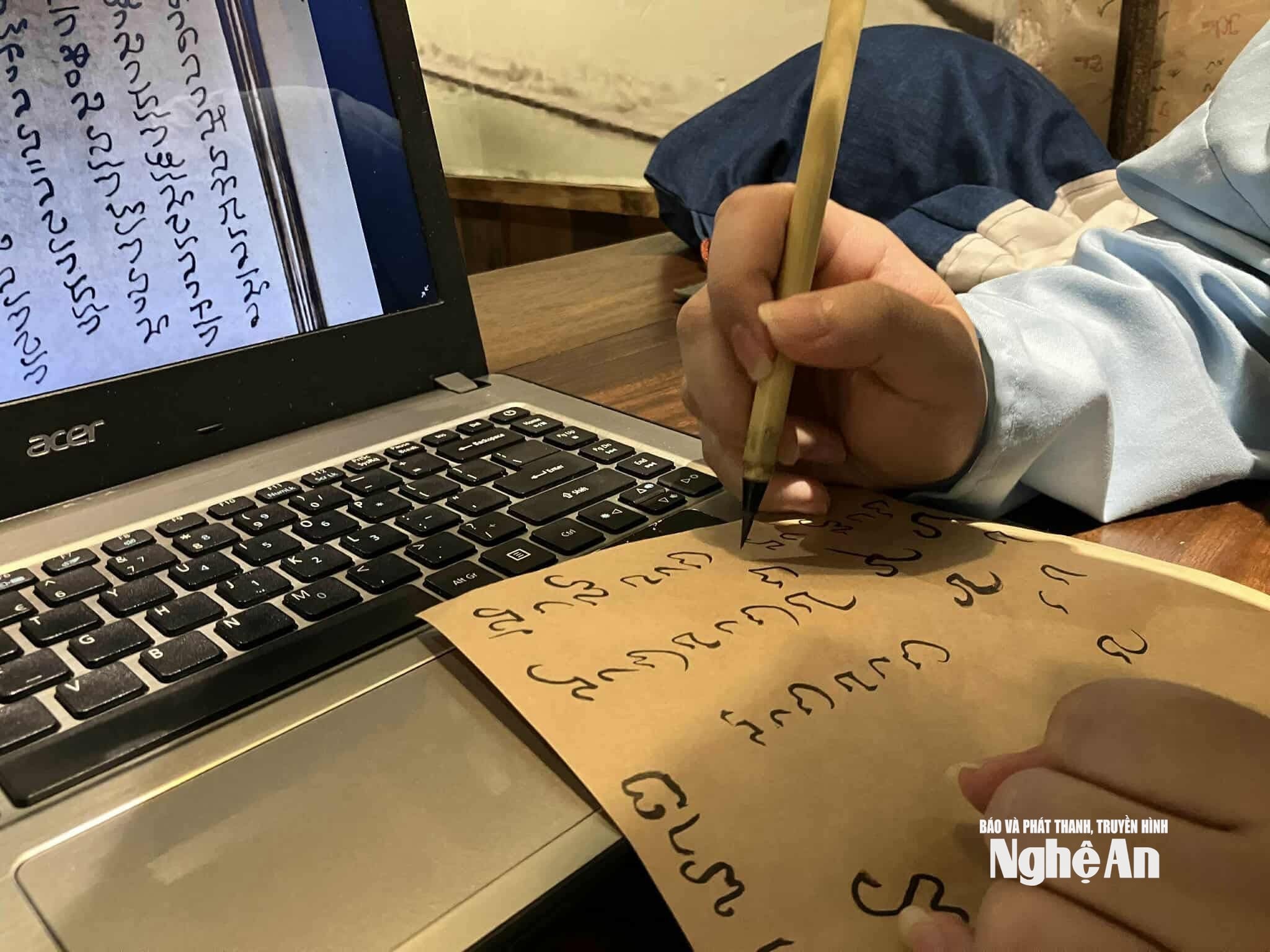
“Many Thai people in Nghe An ask: Can our Thai script be written on the phone? That simple question has motivated us to take action” - Master of Linguistics Sam Cong Danh - a native of Quy Chau commune shared.
From his own concerns and the practical needs of the community, since 2020, Sam Cong Danh and Master of Information Technology Nguyen Viet Khoi have started to prepare documents. By 2022, fate connected them with Master of Linguistics Frank van de Kasteelen - a Dutchman with experience connecting with Unicode. Since then, 3 people in 3 different fields, but sharing the same love for heritage, have united into an independent research group.
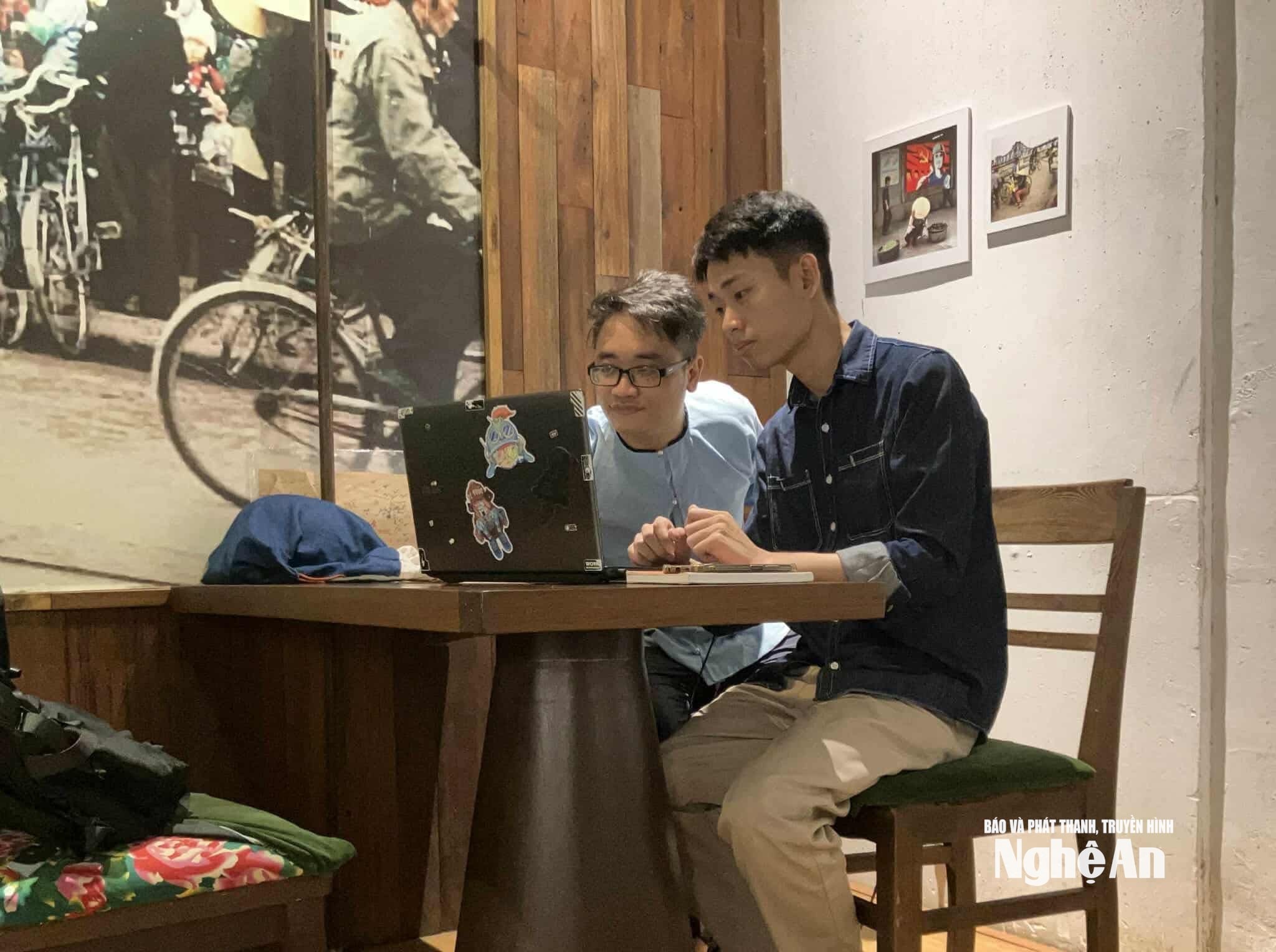
In July 2022, the first proposal was submitted to Unicode by the group. Just 2 months later, the group completed the final proposal, which was approved by Unicode as the official representative proposal. In 2023, Unicode continued to contact to edit various information related to technical issues and officially "reserved" the Lai Tay character in the international character "warehouse". By the end of 2024, Unicode announced that the draft for the Lai Tay characters would appear in the latest Unicode version (17.0.0) in 2025. And on September 9, 2025, the Lai Tay character officially appeared in the digital space with code blocks U1E6C0 to U1E6FF.
Master Sam Cong Danh said that the source of materials for the group to build the proposal was carefully collected from ancient handwritten documents in the districts of Que Phong, Quy Chau, Quy Hop (old), to the archives of the French Institute of the Far East in Paris, along with teaching materials for Lai Tay script currently circulating in Nghe An.
Notably, during the review process, almost all 55 traditional characters of Lai Tay script were kept intact. This reflects the stability and consistency of the script over time, a rare advantage compared to many other minority scripts in the world .
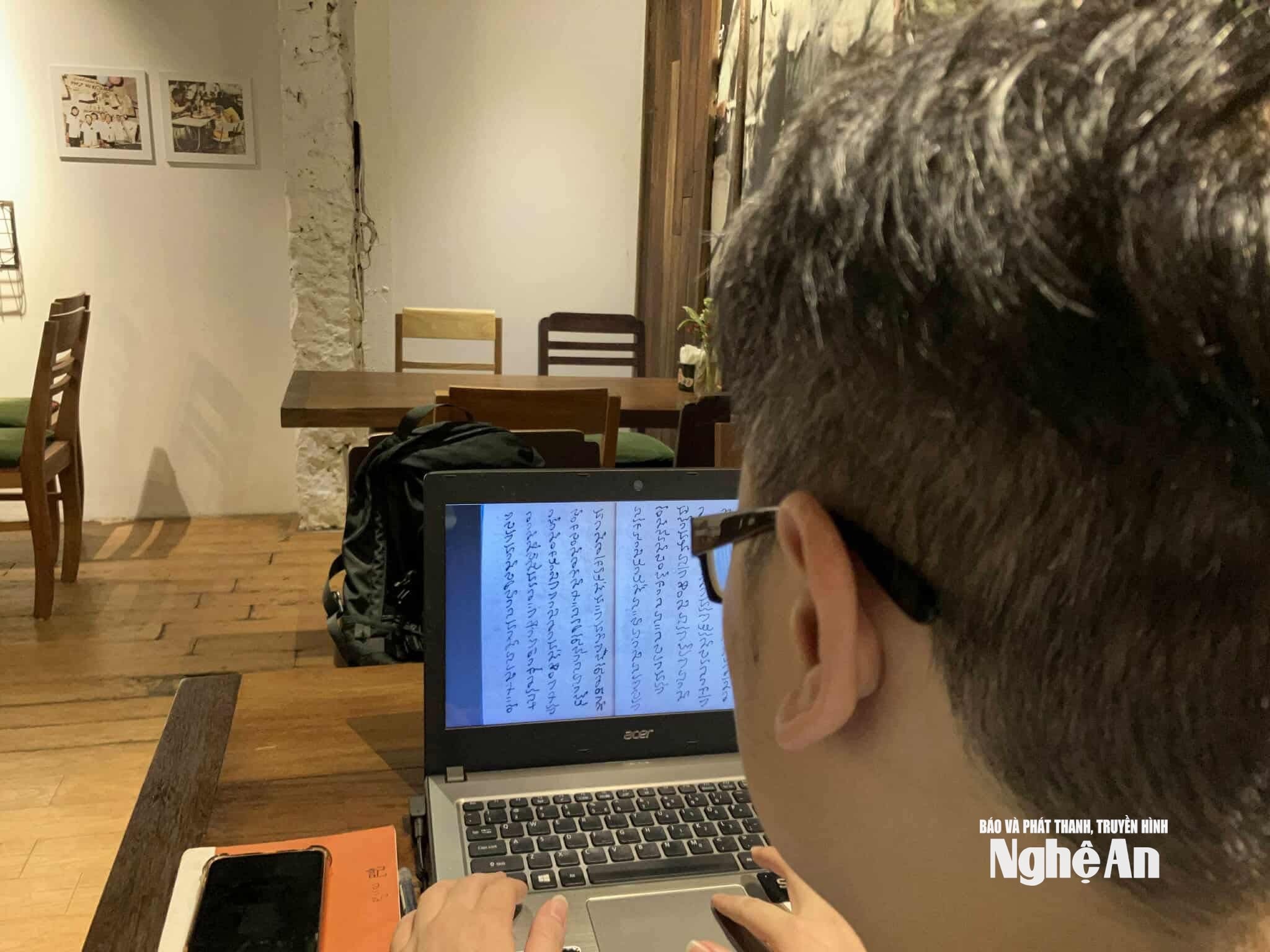
An interesting detail is about the name of the code block. The group wanted to use the name Lai Tay, but according to international regulations, Unicode does not allow the use of words meaning “letter” (lai in Lai Tay means letter). Therefore, the name Tai Yo was chosen by the group - Tay Do, which is the oldest self-name of the Thai group that owns this script in Nghe An.
For the research team, this is not just a technical solution, but “the appearance of this name can be seen as an anchor for users to learn more about their ethnic group. Maybe someone will find it strange, and from there urge them to know many other things”, Sam Cong Danh expressed.
New doors for cultural preservation and dissemination
The official encoding of Lai Tay script in Unicode has a significance far beyond the scope of technology. This is a turning point that brings the writing heritage of the Thai people of Nghe An out of local limits, creating favorable conditions for its presence in global digital life. From now on, 55 Lai Tay characters will be displayed uniformly on all platforms: Computers, phones, Internet. That opens up the possibility of using Lai Tay script in text messages, on social networks, in electronic publishing, and even in academic research. Encoding Lai Tay script in Unicode is the comprehensive and solid digitalization of this script, because when in a digital environment, it will not limit access and there will no longer be the worry of being forgotten as before.
In education , the benefits are even more obvious. Learning Lai Tay is no longer dependent on geographical distance. Young people can learn via the Internet, mobile applications, or online classes. Those who already know how to read also have the opportunity to practice and use it in a practical environment.
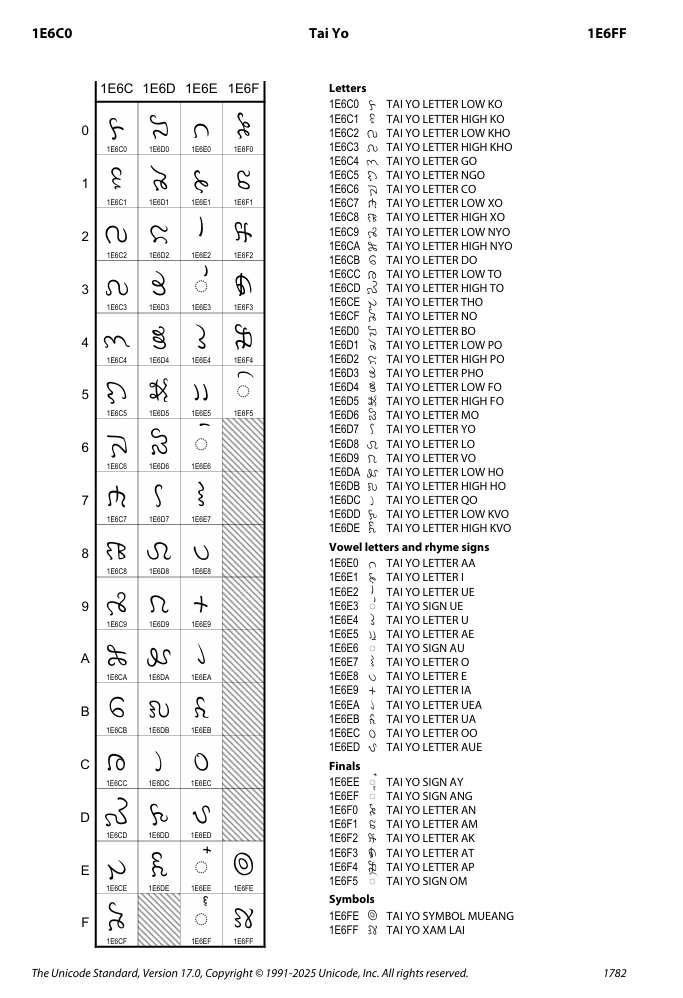
Looking back on the time spent diligently pursuing this project, Master Sam Cong Danh said that the group overcame many obstacles with perseverance, persistence and luck.
“For us, the biggest obstacle is collecting source materials to serve the research and writing of the proposal, stemming from many different reasons such as geography, manuscript status, community cooperation... To overcome this barrier, we sought and were fortunate to receive the help of many people who are passionate about the language and writing of the Thai people in general and the Thai Do people in Nghe An in particular. We are truly grateful to them!”, Sam Cong Danh shared.
The authors also draw lessons from their experience, and if they were to do it again, they would be more prepared for the next phase when the script is recognized, especially in terms of fonts and applications. More importantly, they want to send a message to other ethnic minority communities that they should be brave enough to research and propose encoding their own scripts, because only when they are standardized and digitized will their heritage have a chance to exist sustainably in the digital age.
The writing heritage of the Thai people of Nghe An now has a “passport” to enter the digital space, alongside hundreds of languages around the world. But the next journey is really important: Bringing that set of characters into daily life, so that it is not only preserved in books, but also comes alive in every message, every article, every social network page. At that time, Lai Tay will not only be a character, but also a cultural beat passed down through generations, naturally and lastingly.
Unicode is an international character encoding standard that provides a unique numeric value (called a code point) for each character, symbol, or icon, regardless of the platform, program, or language used. Its goal is to allow computers to represent text from all writing systems in the world consistently, replacing traditional encodings that only support a small fraction of characters. Text using Unicode can be displayed and manipulated correctly across different operating systems, applications, and devices.
Source: https://baonghean.vn/chu-lai-tay-cua-nguoi-thai-nghe-an-chinh-thuc-buoc-vao-khong-gian-so-toan-cau-10308034.html









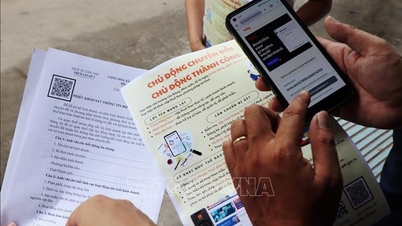

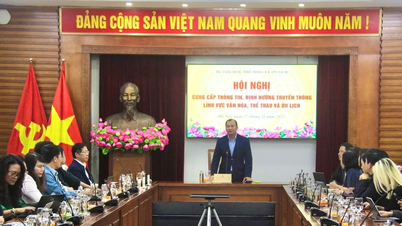

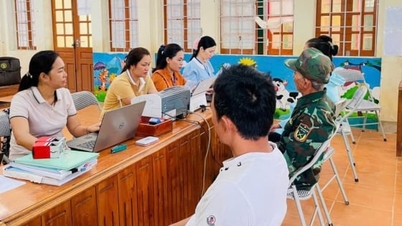



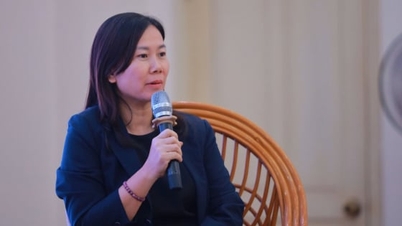




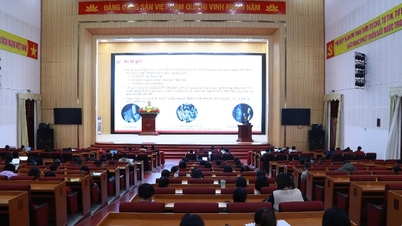

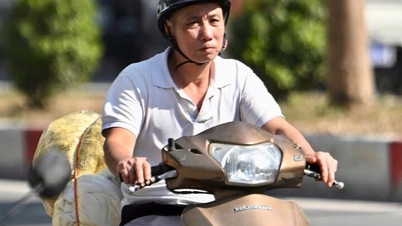

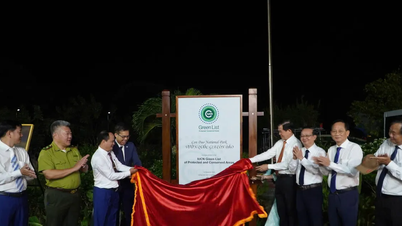






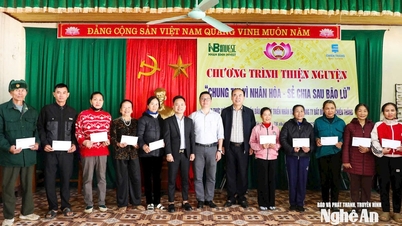










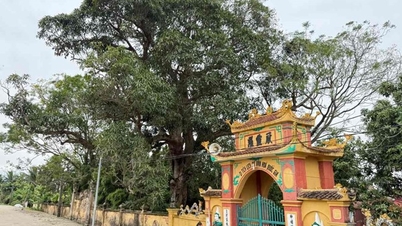






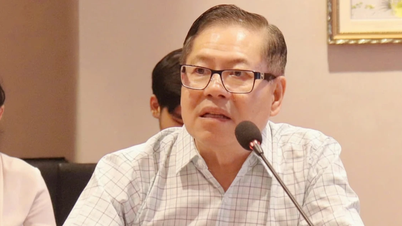

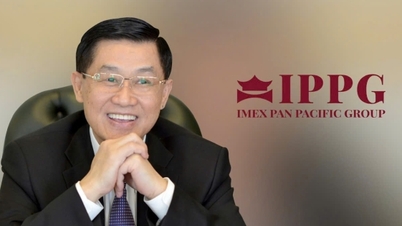










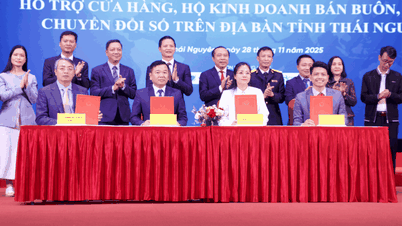








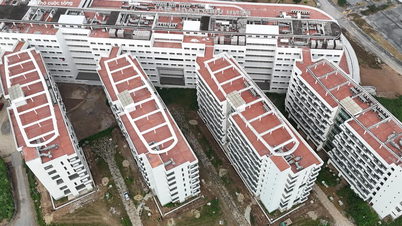

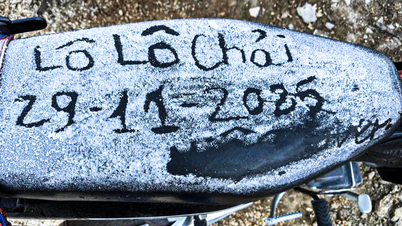
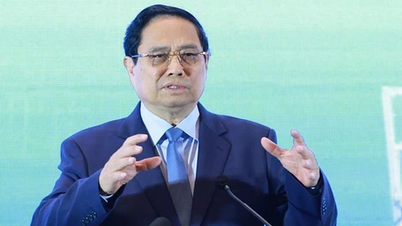


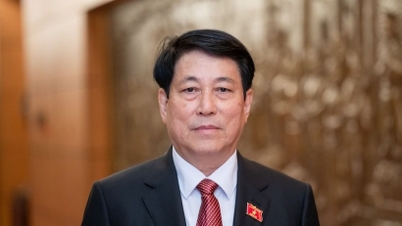


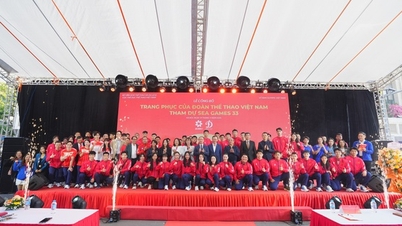

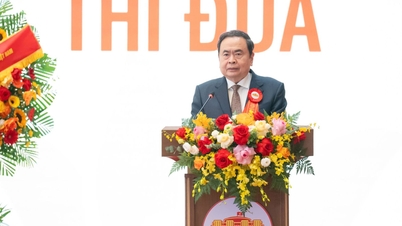


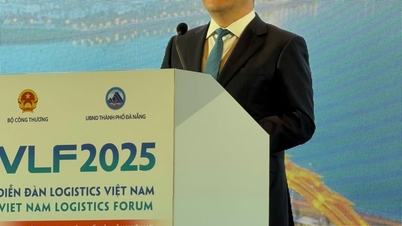
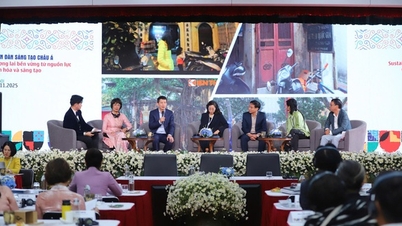
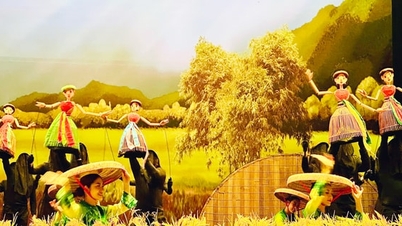


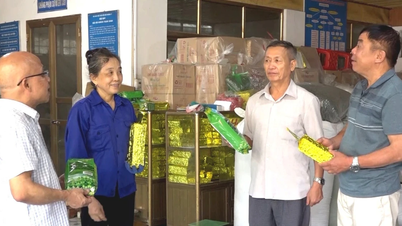











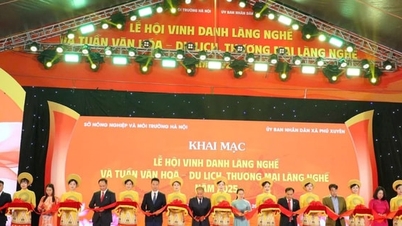

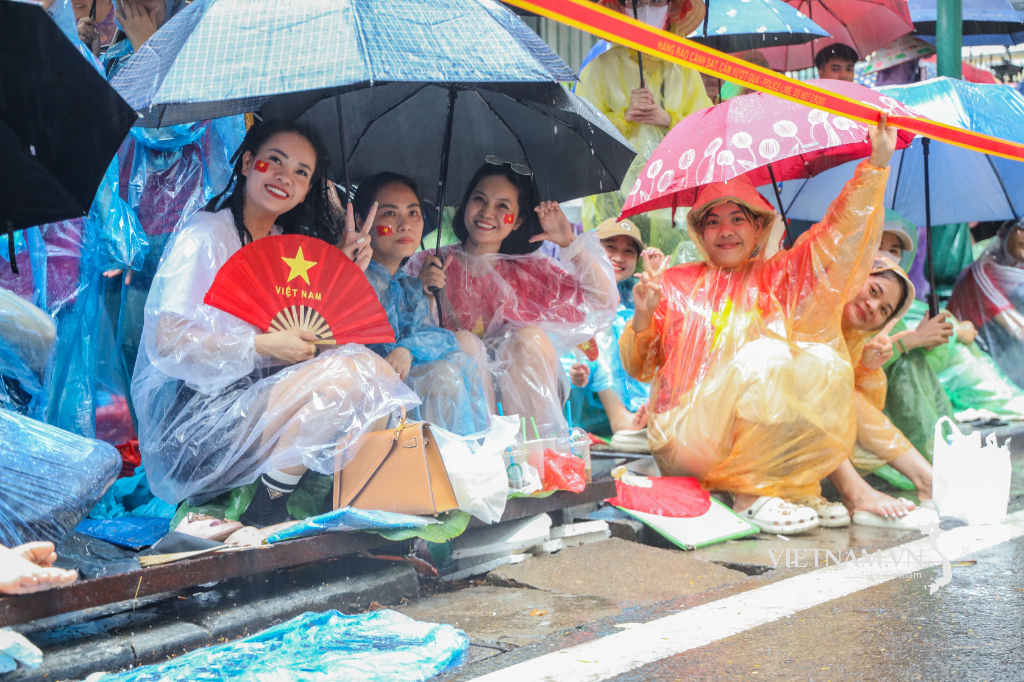



Comment (0)